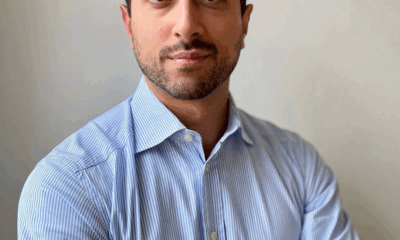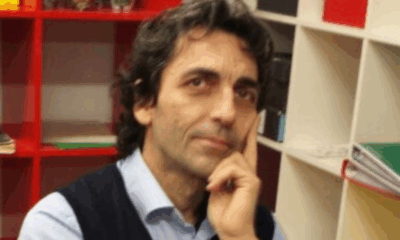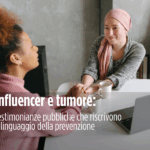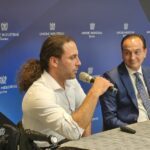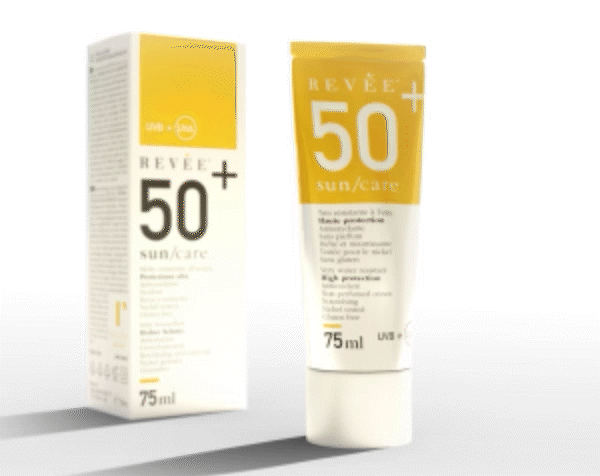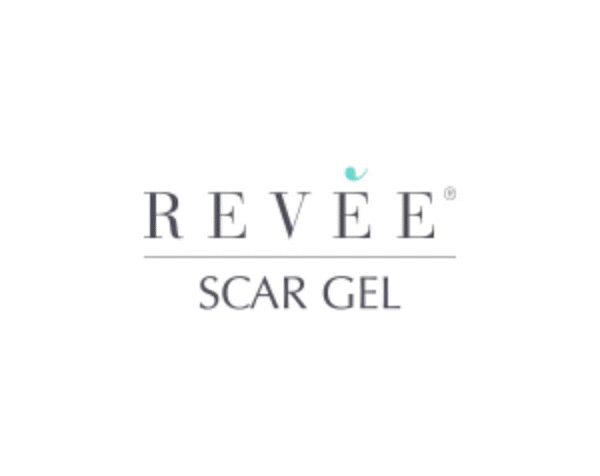Revée pills
Tumours and Influencers: public testimonies that rewrite the language of prevention
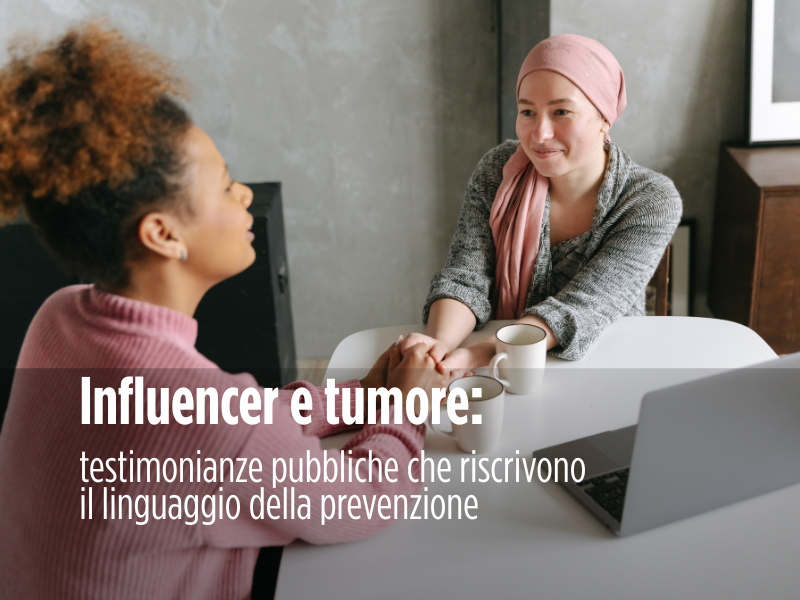
In a digital landscape dominated by aesthetics and performance, the choice to publicly share a cancer diagnosis represents a narrative break, but also a conscious act of responsibility toward one’s community. The pairing of tumour and influencer is no longer a taboo, but an expanding phenomenon that is redefining how prevention, pain, and hope are communicated. Several recent testimonies, shared through interviews or social media, make this clear.
Tumours and inclusion

«Knowing I’d have to live with lymphedema was worse than the cancer diagnosis», says Anna Maisetti, founder of the Instagram profile @stile_compresso, in a 2024 interview with Io Donna. Diagnosed at just 22 with metastatic melanocytoma and having had 36 lymph nodes removed, Anna developed chronic lymphedema in her leg, a condition she lived with in embarrassment for years before deciding to turn that limitation into a message.
«For a long time, I hid myself, then I realised that showing my leg, with the brace, could be useful to others», she told Vanity Fair.
Her story was also featured in Revee News, where she stated: «When they removed my lymph nodes, no one told me about lymphedema. I only found out what it was when my legs began to swell. That’s when it all started».
Her testimony has fostered an international community that now promotes inclusion, visibility, and self-care, even in rare diseases.
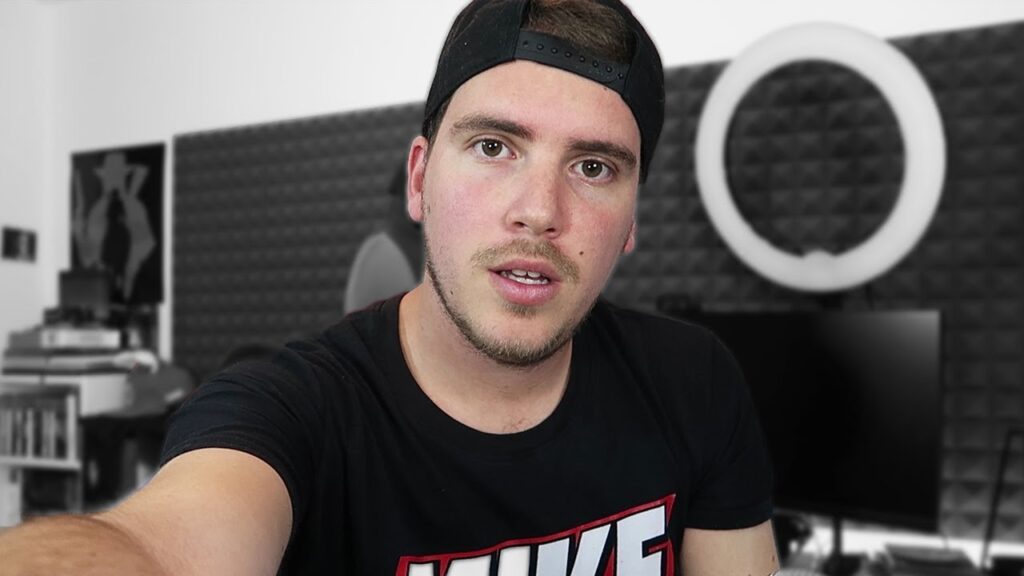
Federico Betti, known online as MikeShowSha, brought public attention to one of the rarest tumours: cancer of the heart. In a 2022 YouTube video titled Tumore al cuore: la mia esperienza (Heart tumour: My Experience), the creator recounted undergoing surgery to remove a cardiac mass of about 12 centimetres.
«It’s not clickbait — unfortunately, I have a tumour in my heart. And yes, it’s scary to say it like that», he says in the video, which has reached hundreds of thousands of views. In 2023, in a social media update covered by Webboh, he announced a recurrence of the disease. His dry, non-rhetorical narrative opened a public discussion on a little-known condition.
From marketing to prevention
A more structured and media-powerful story came from Fedez. In March 2022, the singer revealed via Instagram that he had undergone surgery to remove a neuroendocrine tumour of the pancreas.
«Last week I found out I have a rare neuroendocrine tumour of the pancreas. One of those that, if you don’t catch it in time, is not a nice roommate to have», he wrote on social media, in a post shared by Sky TG24.

His account became a kind of public diary, with clinical updates, thanks to the San Raffaele medical team, and intimate moments shared online.
In an interview with Il Riformista, Fedez said: «After the operation, every little thing once again seemed like a miracle. As if I were seeing the world in colour».
His surgeon, Massimo Falconi, stressed in an interview with Il Fatto Quotidiano that «this type of tumour can be cured, provided that it is diagnosed in time». The “Fedez case” had a significant media impact, bringing the acronym NET (neuroendocrine tumours) into the spotlight and encouraging early prevention awareness, especially among young people.
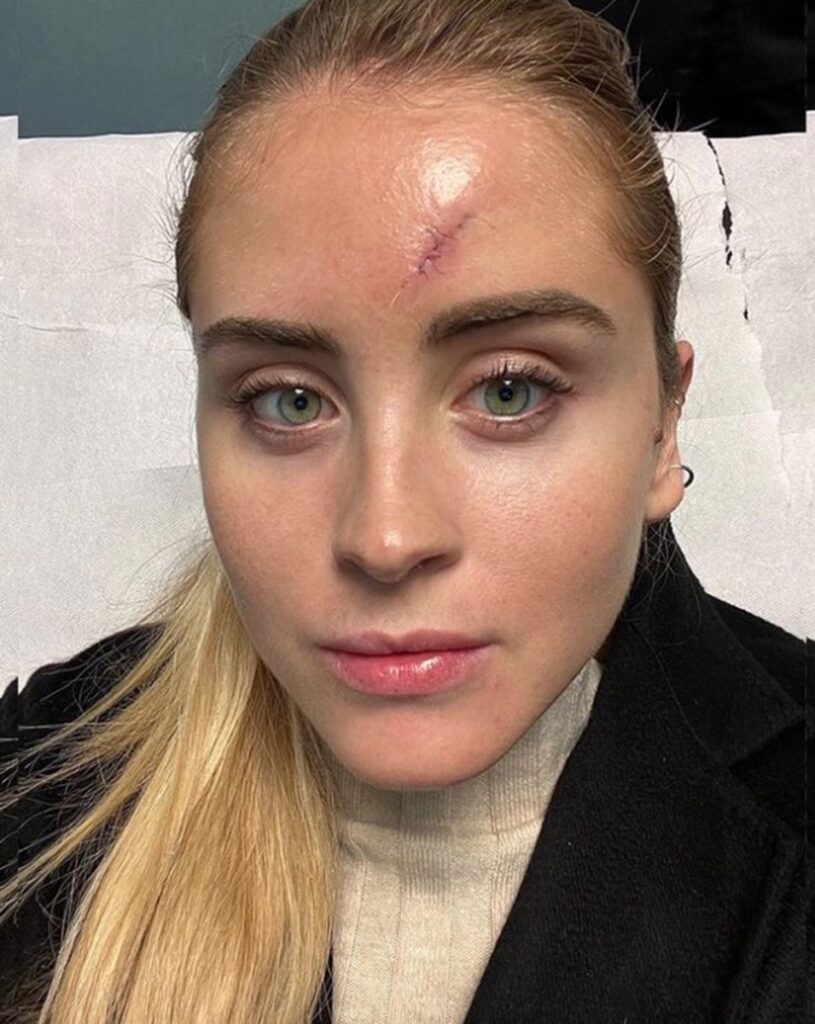
Valentina Ferragni chose to share her experience with basal cell carcinoma on her forehead, initially mistaken for a pimple. In an interview with Vanity Fair, she explained: «When I got the diagnosis, I was in shock. But then I decided to share everything — even the scar — so that wound could be useful to others». Her account had a broad impact, especially among younger audiences, helping to raise awareness of skin cancer prevention and mole checks.
A new public narrative
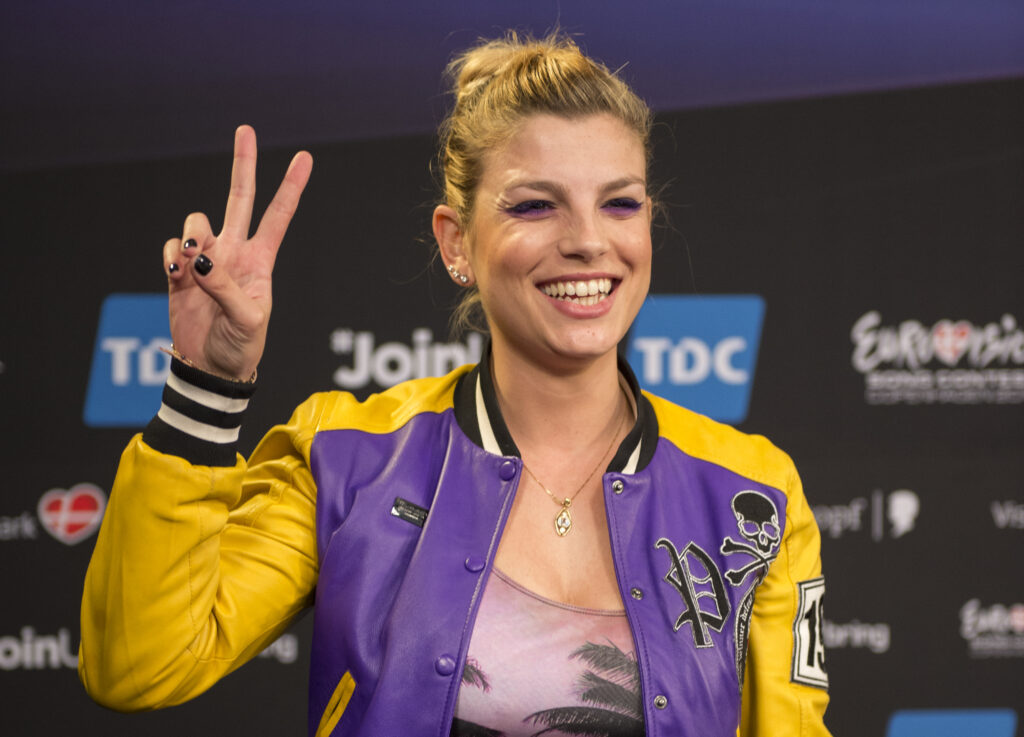
Emma Marrone, who has faced illness multiple times, has always chosen transparency. In public dialogues with fans and the media, the singer has often recounted her relationship with the disease, from her first diagnoses as a young woman to more recent relapses.
In a lengthy interview, she said: «I had to learn to stop, to take care of myself, to take my time. It’s not weakness — it’s courage». Her message, repeated in various public appearances, has emphasised the need — especially for women — to listen to their bodies and not minimise seemingly harmless signs and symptoms.

Finally, the case of Nadia Toffa marked a turning point. After being diagnosed with a brain tumour, the journalist and TV host narrated every stage of her illness with a direct, ironic, and courageous style. Until the end, she chose to communicate her condition lucidly, even in the most dramatic moments. Her words, collected in interviews and appearances on Le Iene, remain at the heart of the collective memory: «I’m not a warrior; I’m just a person who chose not to be afraid».
Vulnerability that educates
Today, thanks to these narratives, speaking about illness on social media is taking shape as a public act with real impact. These accounts show that, in a digital era dominated by image, sharing an illness can be a powerful act of responsibility. It’s not about voyeurism or the spectacle of pain, but about a different kind of language: more direct, more personal, and therefore more powerful.
It is no longer just entertainment or lifestyle content: real influence means raising awareness, sparking dialogue, and encouraging proactive health behaviors. In a healthcare system that struggles to catch patients in time, the influencer’s voice proves to be an unexpected yet effective tool for spreading prevention messages.
The influencer’s role becomes a key asset, turning pain into prevention, making each viral testimony both a risk taken and a shared hope. Their stories show that illness, when shared authentically, can become a vehicle for awareness, and perhaps, for change.


